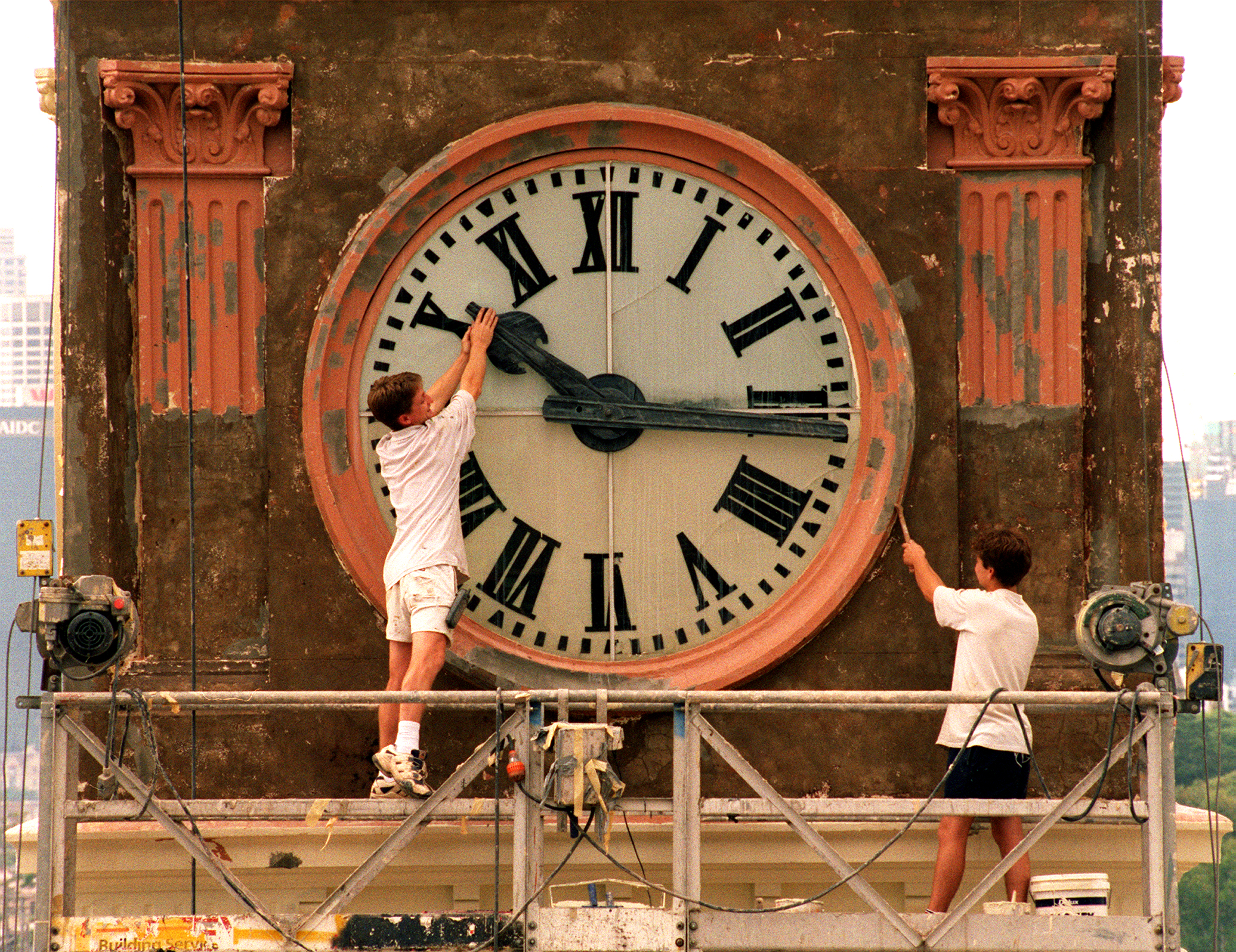The majority of Australians are about to say goodbye to lighter evenings and instead welcome more light at the start of the day, with daylight saving to come to an end on Sunday.
Clocks will go back an hour at 3am on April 3, meaning many Aussies will get an extra hour of their weekend.
Clocks on phones and other digital devices will change automatically when the time change occurs, but manual clocks will need to be changed the old-fashioned way.
READ MORE: What are your chances of getting COVID-19 more than once?

Which states and territories use Daylight Saving Time?
Daylight Saving Time (DST) is used in New South Wales, Victoria, the Australian Capital Territory, South Australia and Tasmania.
Western Australia, Queensland and the Northern Territory do not use Daylight Saving Time.
Introducing daylight saving has been the subject of debate in Queensland for decades, with the most recent call for Queenslander to wind back their calls made last month.
The issue largely comes from the state's size.
Many Brisbane and Gold Coast residents want to be involved in daylight saving, but many in the state's sweltering north and west are against the idea of more hours in the afternoon sun.
When is daylight saving?
Daylight saving started back on Sunday, October 3 last year and is due to end on Sunday, April 3.
Daylight saving will begin again on Sunday, October 2.
Do we put the clocks forward or backwards?
Clocks are going backwards this time around, so get ready to enjoy an extra hour.
READ MORE: Track Australia's fuel prices day-by-day

Why does Australia use Daylight Saving Time? What is the history of it?
Daylight saving first began in 1908 in Thunder Bay in Canada, as a way to make better use of daylight.
Germany then started starting changing clocks to conserve daylight and reduce the use of fuel in 1916 during World War I.
Daylight saving is now used in about 70 different countries, including the USA and most of Europe.
READ MORE: When will the federal election take place this year?
China, Japan and India are the few major industrialised countries who do not use daylight saving.
